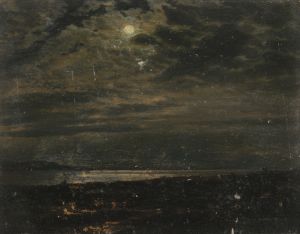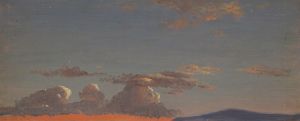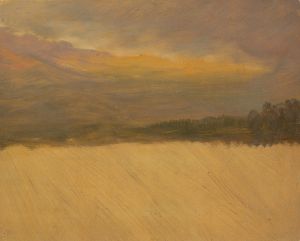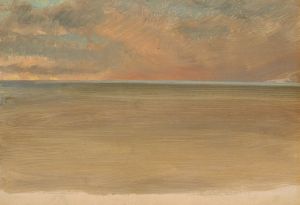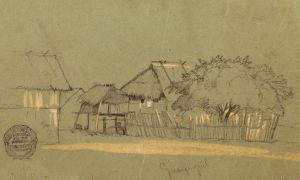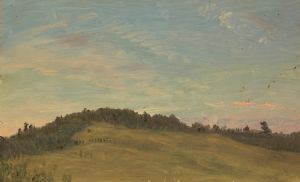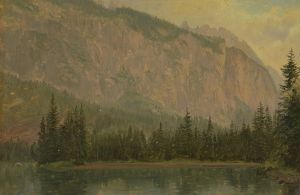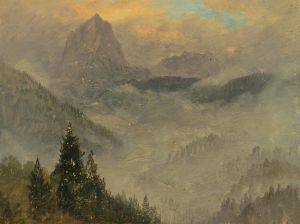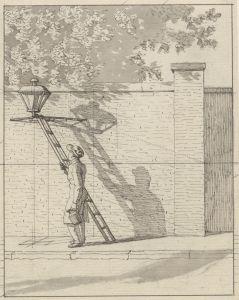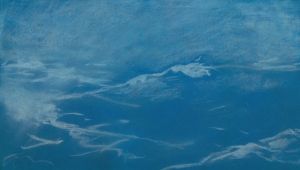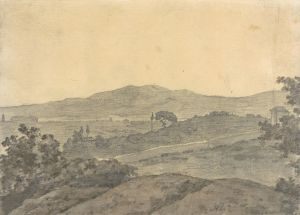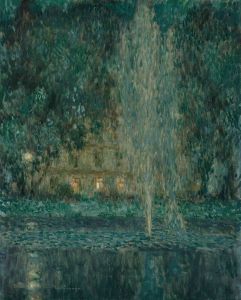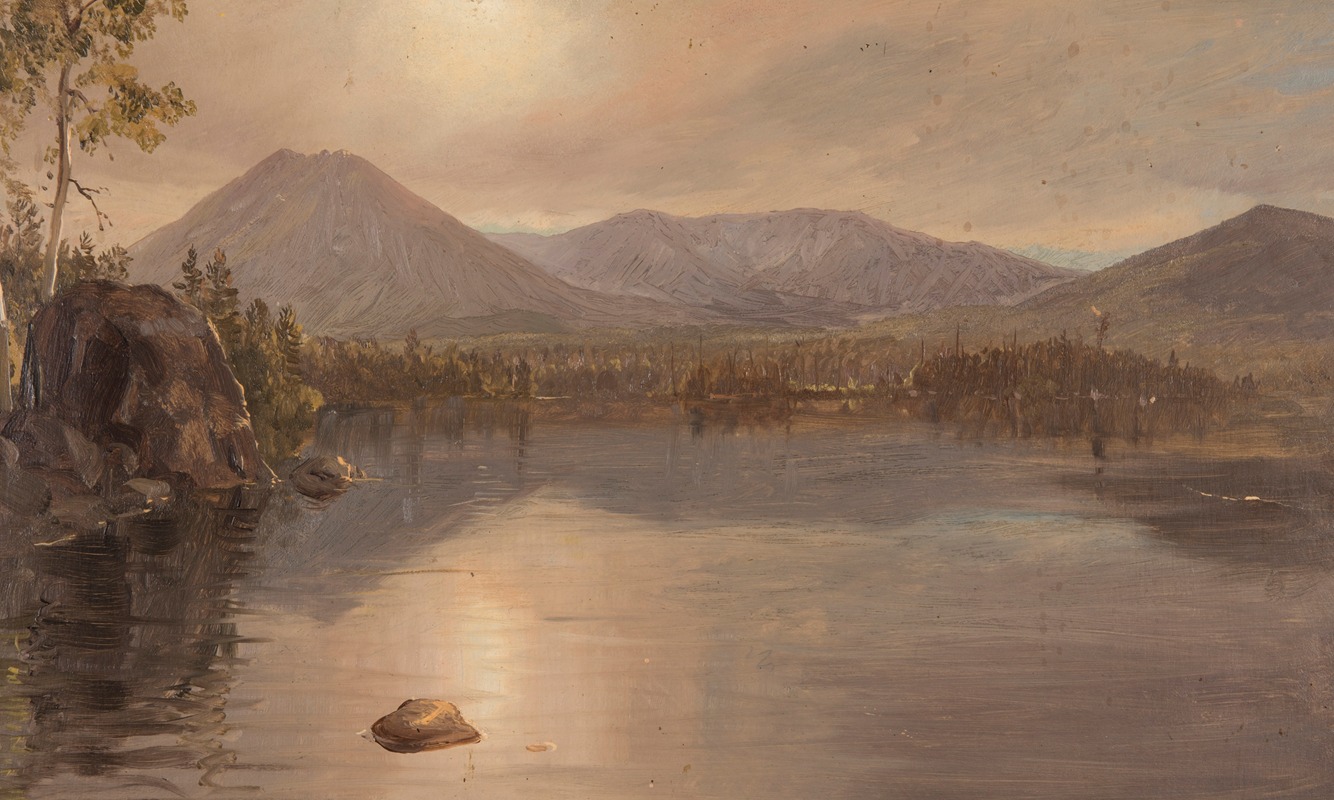
Mounts Katahdin and Turner from Lake Katahdin, Maine
A hand-painted replica of Frederic Edwin Church’s masterpiece Mounts Katahdin and Turner from Lake Katahdin, Maine, meticulously crafted by professional artists to capture the true essence of the original. Each piece is created with museum-quality canvas and rare mineral pigments, carefully painted by experienced artists with delicate brushstrokes and rich, layered colors to perfectly recreate the texture of the original artwork. Unlike machine-printed reproductions, this hand-painted version brings the painting to life, infused with the artist’s emotions and skill in every stroke. Whether for personal collection or home decoration, it instantly elevates the artistic atmosphere of any space.
"Mounts Katahdin and Turner from Lake Katahdin, Maine" is a painting by the renowned American landscape artist Frederic Edwin Church. Church was a central figure in the Hudson River School, a mid-19th century American art movement known for its realistic and detailed portrayals of nature. The movement emphasized the beauty of the American wilderness, often highlighting the sublime and picturesque aspects of the landscape.
Frederic Edwin Church was born on May 4, 1826, in Hartford, Connecticut. He studied under Thomas Cole, the founder of the Hudson River School, and quickly developed a reputation for his ability to capture the grandeur of the American landscape. Church's works are characterized by their meticulous attention to detail, dramatic use of light and shadow, and expansive compositions.
The painting "Mounts Katahdin and Turner from Lake Katahdin, Maine" exemplifies Church's skill in depicting the natural world. Mount Katahdin, located in Baxter State Park in Maine, is the highest peak in the state and a significant landmark in the region. It is known for its rugged terrain and stunning vistas, making it a popular subject for artists and a symbol of the untamed beauty of the American wilderness.
In this painting, Church captures the serene yet majestic presence of Mount Katahdin and its surrounding landscape. The composition likely includes the reflection of the mountains in the tranquil waters of Lake Katahdin, a technique often used by Church to enhance the sense of depth and harmony in his work. The use of light in the painting would typically highlight the textures and contours of the mountains, creating a dynamic interplay between light and shadow that adds to the overall drama of the scene.
Church's work often reflects his interest in the natural sciences and his travels to remote and exotic locations. While "Mounts Katahdin and Turner from Lake Katahdin, Maine" focuses on a domestic landscape, it shares the same attention to detail and appreciation for the natural world that characterizes his more famous works, such as "The Heart of the Andes" and "Niagara."
Throughout his career, Church's paintings were celebrated for their ability to evoke a sense of awe and wonder, capturing the spirit of exploration and discovery that defined America during the 19th century. His works were not only artistic achievements but also cultural artifacts that contributed to the national identity by showcasing the unique beauty of the American landscape.
Frederic Edwin Church passed away on April 7, 1900, but his legacy endures through his contributions to American art and his influence on subsequent generations of landscape painters. His works continue to be studied and admired for their technical mastery and their ability to convey the majesty of the natural world.
While specific details about the creation and exhibition history of "Mounts Katahdin and Turner from Lake Katahdin, Maine" are limited, the painting remains an important example of Church's dedication to capturing the beauty and complexity of the American landscape.







